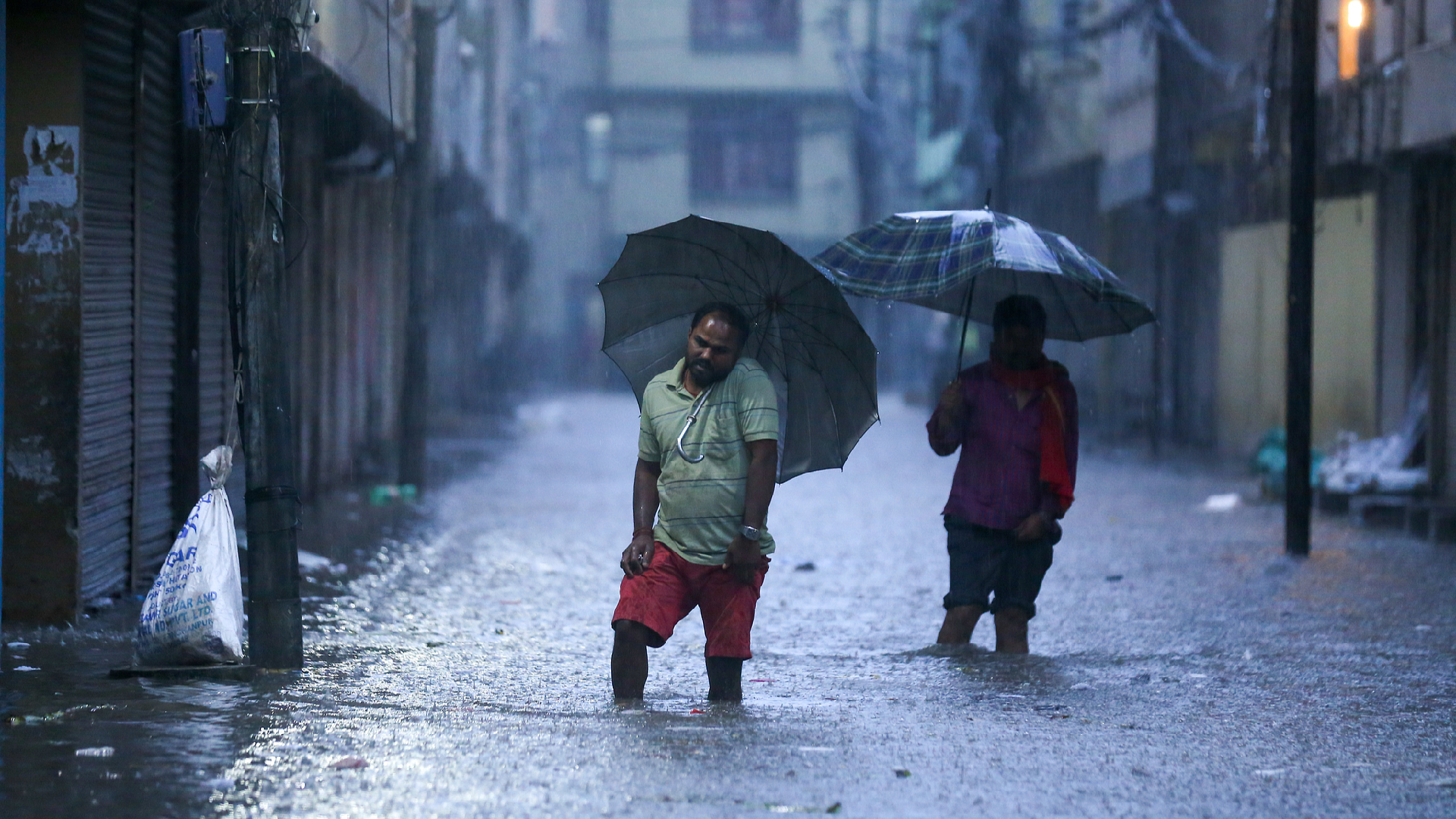At least 38 people killed in Nepal due to floods and landslides
Since early Friday, persistent downpours in Nepal have led to catastrophic flooding and landslides, resulting in at least 38 fatalities. Officials reported on Saturday that these weather events have caused major road closures and disruptions to domestic air travel.

Authorities noted that the death toll might increase, with another 29 individuals reported missing in the past 30 hours.
The majority of casualties occurred in the Kathmandu valley, home to four million residents and the nation's capital, where the flooding paralyzed traffic and daily activities.
Rescue teams utilized helicopters and rubber boats to assist those trapped on rooftops or elevated areas, as certain locations in Kathmandu recorded rainfall amounts of up to 322.2 millimeters within the last day.
According to officials, most rivers across the Himalayan nation have overflowed, inundating roads and bridges, following nearly a week's delay in the withdrawal of South Asia's annual monsoon rains that have produced heavy downpours throughout the region.
Police are actively clearing debris and working to reopen routes that have been obstructed by landslides in 28 locations, stated police spokesperson Dan Bahadur Karki.
Binu Maharjan, a weather forecasting official in Kathmandu, indicated that the rains might not ease until Sunday, attributing the prolonged rainfall to a low-pressure system affecting parts of neighboring India.
"Heavy rains are likely to continue until Sunday morning and weather is likely to clear after that," Maharjan shared.
The central and eastern regions have experienced moderate to extremely heavy rainfall, with totals ranging from 50 millimeters to over 200 millimeters; moderate levels were recorded in other areas, she added.
While international flights remain operational, many domestic flights have faced disruptions, noted Rinji Sherpa, a spokesperson for Kathmandu airport.
The Koshi River in the southeast, known for causing devastating floods in India's eastern neighbor state of Bihar nearly every year, is currently above the danger level, flowing at 450,000 cubic feet per second, compared to the normal level of 150,000 cubic feet per second, according to one official.
Cubic feet per second serves as a measurement for water flow, equivalent to one cubic foot per second.
Ram Chandra Tiwari, the top bureaucrat in the area, added that the river’s level is still rising.
Each year, hundreds of lives are lost during the monsoon season in the frequent landslides and flash floods typical in the mountainous region. Authorities reported that at least 254 people have died and 65 have gone missing due to landslides, floods, and lightning strikes since mid-June, when the annual monsoon season began.
Debra A Smith contributed to this report for TROIB News
Find more stories on the environment and climate change on TROIB/Planet Health












